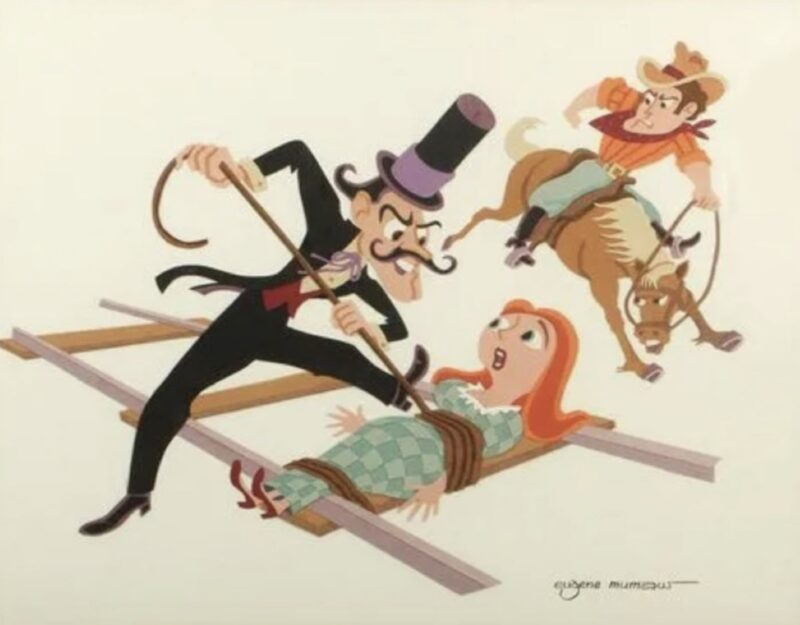Storybranding is About Making Your Customer the Main Character
Most brands talk about themselves like they’re the hero. How long they’ve been in business. How passionate they are. How great their product is.
Nobody cares.
If your brand story doesn’t center the customer, it’s just noise.
Storybranding is about positioning your customer as the protagonist—and your brand as the tool that gets them to the result they want.
Once you understand that shift, your entire strategy changes.

The Core Story That Every Buyer Responds To
Every great brand story follows the same formula. Not because it’s trendy—because it works.
- The character (your customer) wants something
- But there’s a problem getting in the way
- They meet a guide (your brand)
- Who gives them a plan
- That leads to success (or helps them avoid failure)
This isn’t storytelling for entertainment. It’s narrative design for conversion.
Why This Works
People don’t buy products. They buy transformation. They’re not looking for features. They’re looking for progress.
They want to see themselves in your story—and they need to feel like your brand is what gets them from where they are to where they want to go.
The better you can map that journey, the faster you close.
Where Most Brands Screw It Up
- They spend 90% of the homepage talking about themselves
- Their “About Us” is a corporate obituary
- Their content lacks narrative direction—it’s just noise in different outfits
- They don’t speak to the real problem the customer is facing
- They position themselves as the hero, not the guide
When you try to be the main character, you compete with your customer’s ego.
When you become the mentor, the tool, the weapon they need—you win.
How to Inject Story into Your Brand Without Turning Into a Disney Script
- Open with the problem
Don’t lead with features. Lead with what your customer is trying to escape. - Mirror their internal dialogue
Use their words. Speak their frustrations. Make it feel like you’ve been inside their head. - Position your brand as the guide
You’re not the savior. You’re the system. The shortcut. The key that unlocks what they already want. - Show the transformation
Paint the before and after. Make the outcome crystal clear. That’s the real product. - End with momentum
Every story needs movement. Don’t just tell them what could happen. Show them what to do next.
Final Word
If your brand isn’t built like a story, it’s not built to scale. Because people don’t follow brands—they follow narratives.
They want to see themselves in the middle of something bigger.
Make them the lead. Make your brand the lever.
The brands that win aren’t louder. They’re clearer. And story is how you cut through the noise.
Brand or Die.
